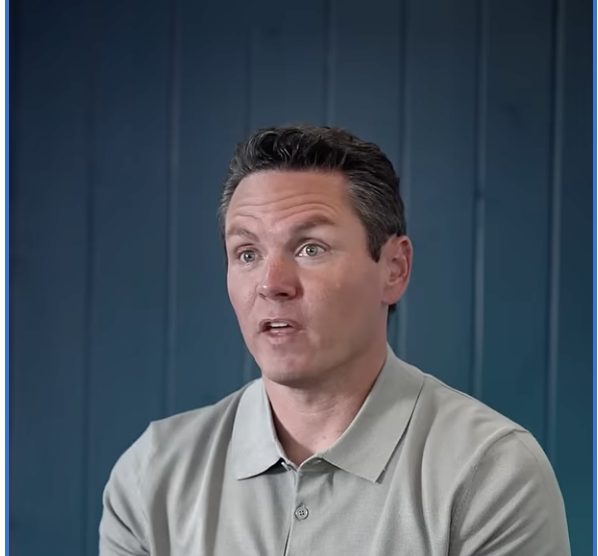Recognizing the Pattern
The toxic cycle typically follows a predictable sequence:
- They hurt you through words or actions
- They apologize, often with tears or apparent sincerity
- They promise things will be different
- A period of calm follows (the “honeymoon phase”)
- The cycle repeats, often with increasing intensity
What makes this pattern so difficult to escape is that the calm periods give us hope. We think, “Maybe this time is different.” But once you’ve witnessed this cycle repeat multiple times, you’re no longer confused about what’s happening—you’re just afraid to act on what you know.
Fear: The Real Prison
When working with clients caught in toxic relationships, I find that fear, not confusion, keeps them trapped. They fear what leaving might mean:
- Fear of being alone
- Fear that no one else will love them
- Fear that maybe things could improve if they just stay longer
- Fear of the unknown
These fears are normal human responses. Our brains are wired to avoid pain and uncertainty. But this protective mechanism works against us when it keeps us in situations that cause ongoing harm.
The Painful Truth
The most brutal truth I share with my clients is this: You must choose the temporary pain of leaving to avoid the guaranteed pain of staying. There is no painless option when extracting yourself from a toxic relationship. The only choice is between short-term acute pain and long-term chronic suffering.
Breaking free requires a moment of clarity and the courage to act. It means acknowledging that, despite what they say, this person’s behavior shows they will continue to hurt you. Their patterns speak louder than their promises.
In my years of guiding people through healing journeys, I’ve never had anyone regret leaving a toxic relationship once they’ve had time to heal. The immediate aftermath is painful—sometimes excruciating—but the freedom that follows allows for genuine growth and happiness.
The Path Forward
If you recognize these patterns in your own relationship, remember that breaking free isn’t about making the other person “bad” or wrong. It’s about honoring your own need for safety, respect, and love.
The question isn’t whether they feel bad for hurting you. The real question is: do they stop? If the answer is no, then you have your answer about what needs to happen next.
True healing begins when you trust the evidence of your experience over the promises you’ve been given. It starts when you decide that you deserve better than cyclical hurt, regardless of how sincere the apologies might be.
Freedom comes from making that brave choice to face the temporary pain of leaving rather than enduring the guaranteed, ongoing pain of staying. And on the other side of that choice lies the possibility of peace, joy, and relationships built on mutual respect rather than cycles of harm.
Frequently Asked Questions
Q: How can I tell if I’m in a toxic relationship or just going through normal relationship problems?
The key difference is in patterns and resolution. All relationships have conflicts, but healthy relationships show progress in how disputes are handled. Toxic relationships feature the same problems recurring with no meaningful change, despite promises. Pay attention to whether issues are resolved or merely temporarily paused before recurring.
Q: What if the toxic person promises to get therapy or help?
Promises to seek help can be positive, but wait for consistent action before recommitting. Many toxic individuals use the promise of therapy as another delay tactic. If they do pursue help, maintain boundaries during their healing process. Their recovery journey shouldn’t come at the expense of your well-being.
Q: How do I deal with the guilt of leaving someone who says they need me?
This guilt is common and often exploited in toxic relationships. Remember that you aren’t responsible for another adult’s emotional well-being. By staying in a harmful situation out of guilt, you enable destructive patterns rather than encouraging true healing. Sometimes the kindest thing for both parties is to break the cycle, even when it feels cruel in the moment.
Q: Will the pain of leaving ever go away?
Yes. The pain of leaving is acute but temporary, while the pain of staying is chronic and often worsens over time. Most people report that while the initial separation is intensely painful, they begin experiencing relief and clarity within weeks or months. Complete healing takes time, but the trajectory is toward increasing freedom rather than recurring hurt.
Q: How can I rebuild my confidence after leaving a toxic relationship?
Start by acknowledging the courage it took to leave. Reconnect with activities and people that bring you joy. Consider working with a therapist who specializes in relationship trauma. Practice self-compassion for any “red flags” you missed, understanding that toxic people are often skilled at manipulation. Most importantly, permit yourself to heal at your own pace without rushing into new relationships.







